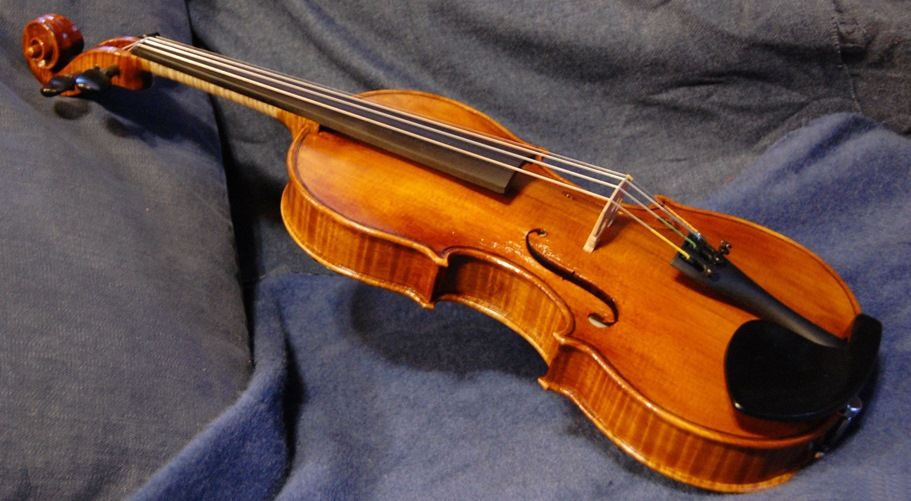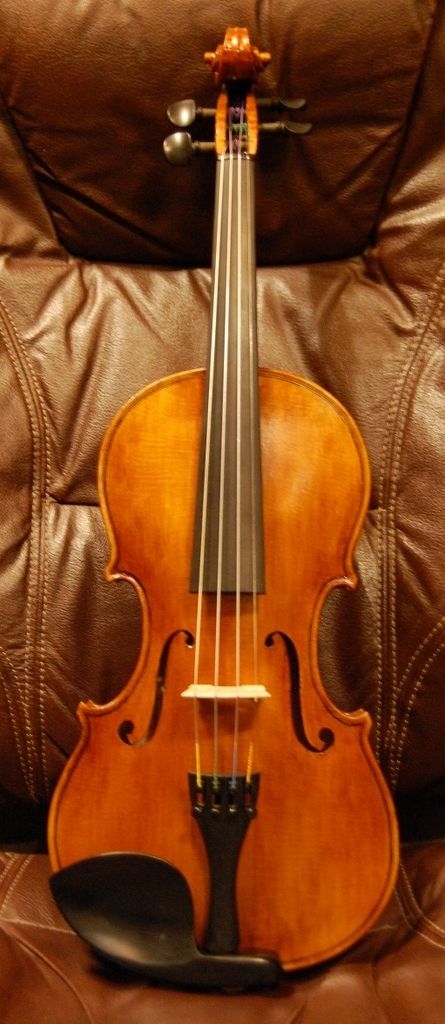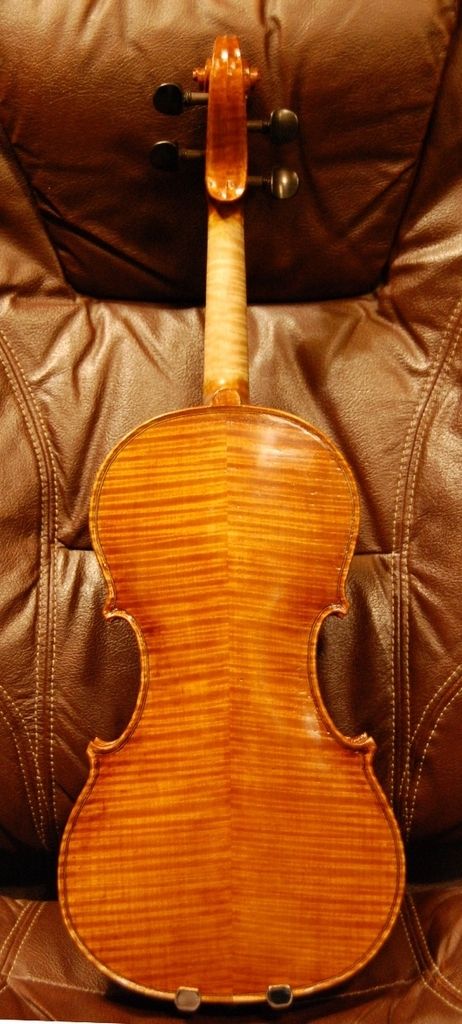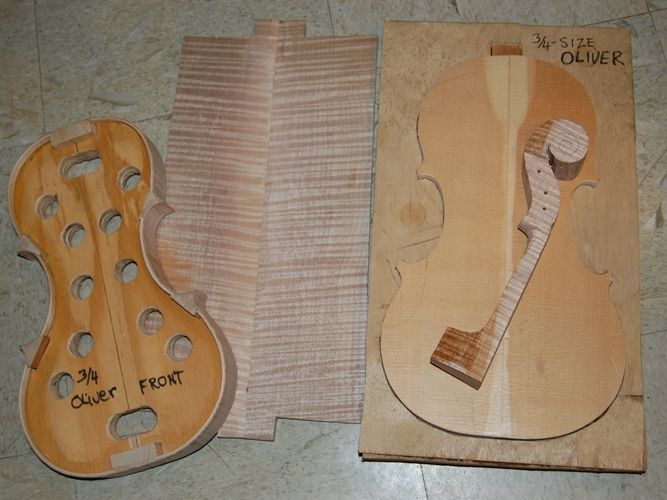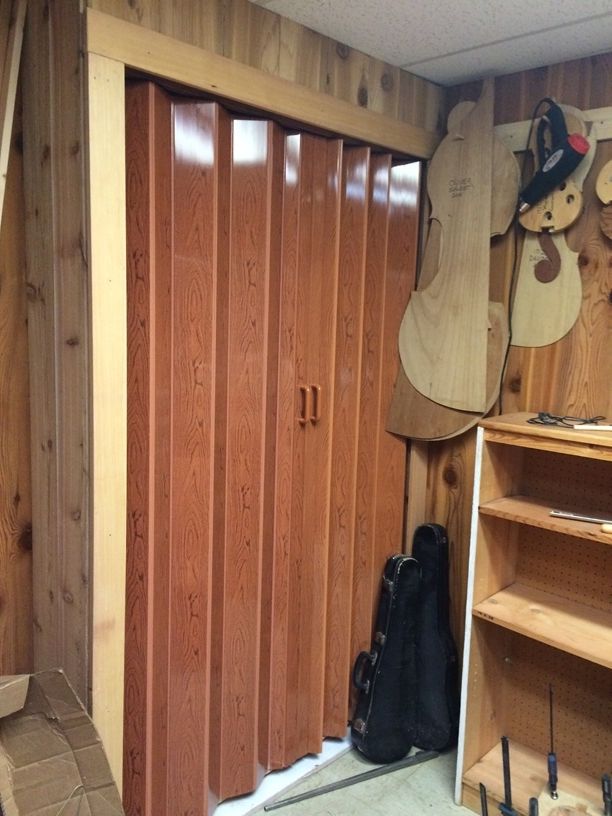Violas in Obscurity
Unsung Heroes
These two violas never had their photos shown, though both have been played by professionals; sometimes in public recitals. I was just starting to put together a website at the time, and had no clue about a weblog, as that was not much of a “thing” back then. When I built this site, I came to realize that it was in fact, a weblog, and that I should be entering posts on a semi-regular basis. So I began to do so.
But, the other day, when I was trying to update the “Chronology” page, I realized that one instrument was completely missing (The Forgotten Violin), while a few others had very poor pictures, or none at all.
So: this post will be an effort to remedy that condition.
My First Really Small Viola (14″):
My #5 instrument was actually intended to be a violin, modelled after the 1728 “Milanollo” Stradivari violin. But I was pretty ignorant about arching, and did not follow the arching of the original instrument at all, but bulged it outward, allowing the arching to rise almost directly from the purfling, with very limited “recurve.” I thought I was increasing inside air volume and thereby increasing the size of the resonating cavity, and (hopefully) increasing the sound output of the violin. In fact the results were very perplexing: every person who played it, and who knew anything about how violins were supposed to sound, got an odd look on his or her face, and said, “This sounds like a viola!” I was too ignorant to understand what they meant, so I was puzzled and frustrated, thinking, “It is the size of a violin, the shape of a violin, and it is strung with violin strings…and tuned to violin frequencies! How can it sound like a viola??” But they were right: there is a difference in the sound, just as there is a difference between most men’s voices, and most women’s voices. Much later, I learned more about the physical differences between violins and violas, and even learned to hear some of the difference in timbre. I realized that I had simply, inadvertently built a 14″ viola. So, despite the label inside that proudly says it is a violin, it really is a viola…and sounds like one. So I re-strung it with viola strings, and it turned out to be an astonishingly good viola for its size.
It still has a lot of “marks of the beginner”, in terms of workmanship, but it plays quite well, and, the reason it looks like the work of a beginner is simply… that it is.

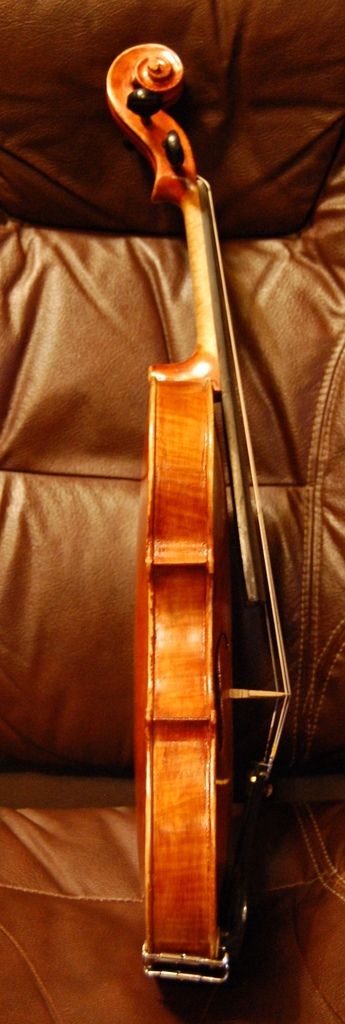
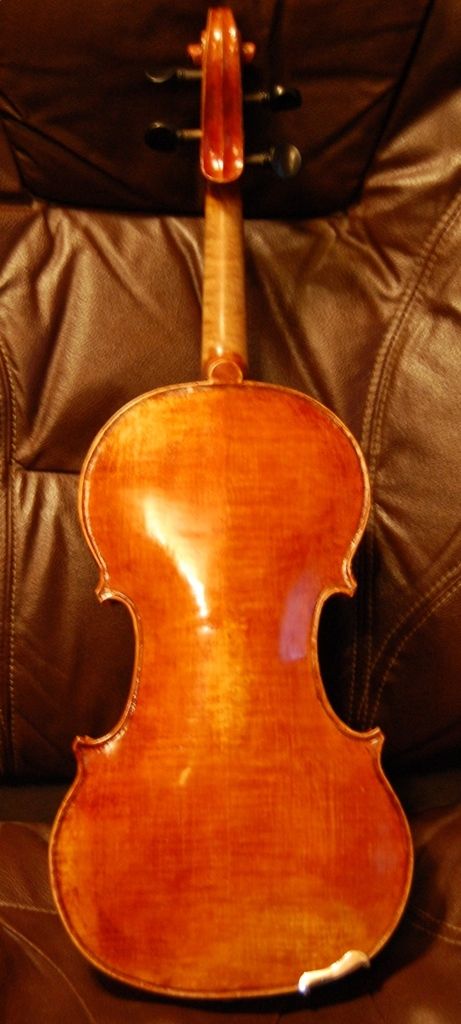
I made the little Viola from “European Maple and Spruce” that I bought on the internet, so I have no idea of the Country of Origin, nor even a way to find out, since back then I was buying on eBay, not from a reputable source (ignorance again…). The few professionals who have played this instruments were really surprised at its open, easy responsiveness and power.
A 14-7/8″ Viola–The “Brian”
This is my third small Viola, and the second from this mold. It is the same mold as the first instrument I ever made, a viola for my son, Brian, hence the name of the mold. All the violins off this mold bear the label of “Brian”. When I began this viola, I was helping a young man by coaching him through his first instrument, a 15-1/2″ viola modelled after the 1580 Gasparo da Salo “Kievman” viola. It had a charming purfling weave on the back plate, and double purfling, which I liked, so I decided to incorporate those two features into my viola that I was building while he worked on his own. (As it turned out, he took an exceedingly long time to complete his instrument, while I pressed on and completed mine the next summer. His turned out very nicely, by the way.)
The viola took a little while to “wake up”, so to speak: The lower frequency notes were a little flabby, at first, but with continued playing, and soundpost adjustments, it opened up very well, and is a easy-to-play, good-sounding viola today.
So, here is the Brian viola:
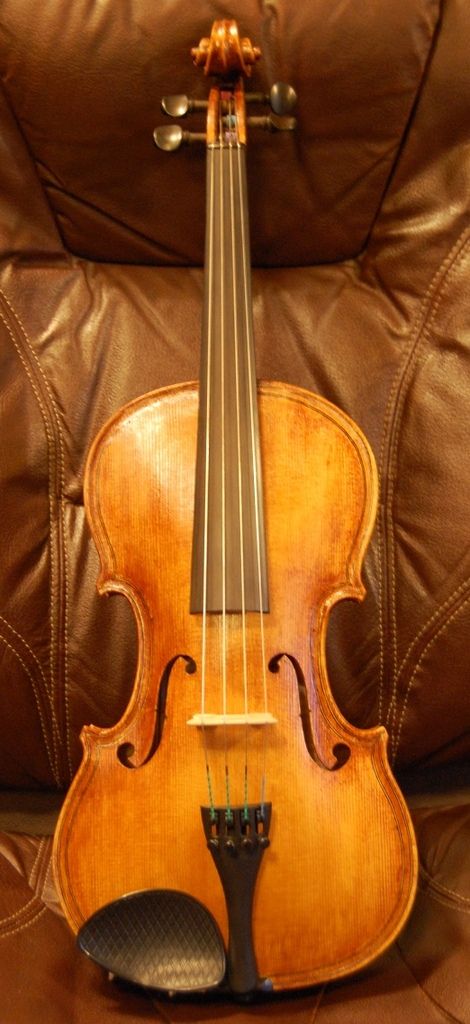


The wood for this instrument is Big Leaf Maple and Englemann Spruce, both from John Tepper, at Tepper Tonewoods.
I updated the “Chronology” page, and added the photos that were missing, there, as well as here.
Thanks for looking.

 Follow
Follow



